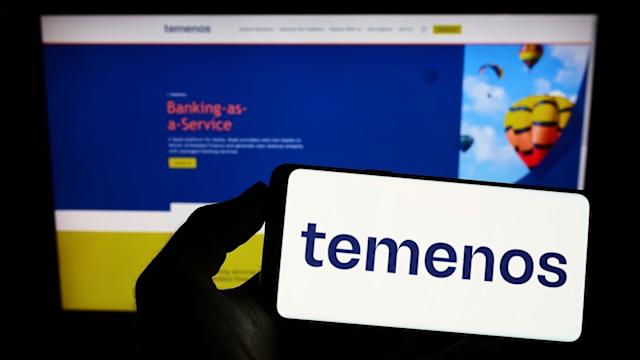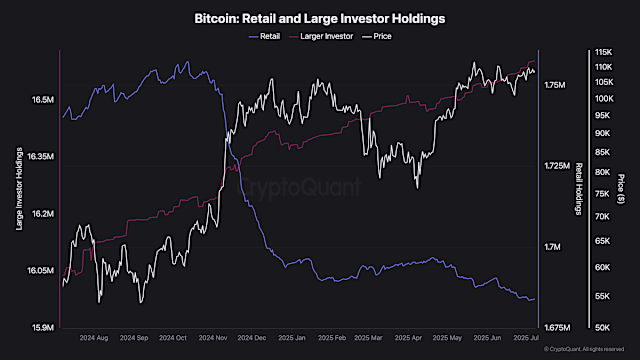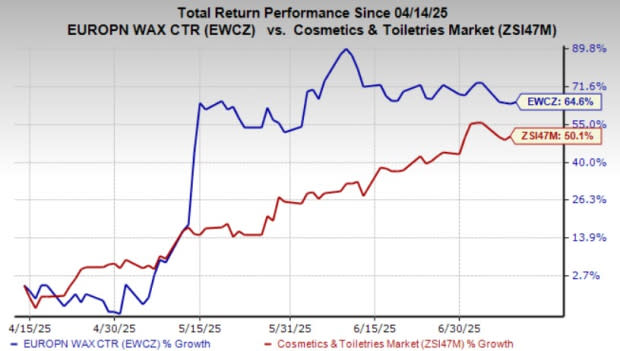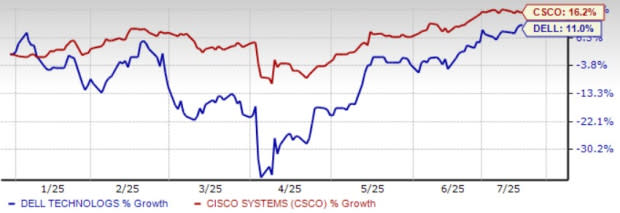Trump’s big beautiful bill to boost economy, but tariffs pack bigger punch: MS

Investing.com- President Donald Trump’s “big beautiful bill” has been hailed as the fiscal shot in the arm that could restore U.S. economic exceptionalism. But as the ink dries on this transformative legislation, Morgan Stanley is sounding a note of caution: the looming August 1 tariffs, along with a tightening immigration stance, threaten to sap much of the bill’s intended fiscal boost.
While the fiscal bill, expected may improve the growth prospects of the U.S. economy in the short run, it "will not be sufficient to offset the direct and indirect effects of tariffs and immigration controls,” Morgan Stanley economists said in a recent note. The combined effects of the administration’s policies, the analysts add, will yield “a slow-growth, firm-inflation economy."
As well as the hit from potential reciprocal tariffs, the economists also downplay the muscle that will added to the economy from the bill."Those looking for a significant fiscal impulse to growth from the OBBB [big beautiful bill] are likely to be disappointed," Morgan Stanley economics said in a recent note. "We add only 0.2pp to our growth projection in 2026," they added.
Earlier in the year, the threat of “Liberation Day” tariffs sent jitters through financial markets, but a temporary reprieve lowered the effective tariff rate to a more “digestible” 13% to 14%, the economists said. Now, with reciprocal tariffs set to be reinstated against about 20 trading partners—including South Korea and Japan—and a 50% tariff slapped on copper, the effective rate is poised to jump to 17% to 18% if the measures take effect as planned. on Aug. 1.
The weeks until the looming August deadline provide “potential off ramps," but the risk is clear: higher tariffs could keep inflation elevated well into 2026, and may not show up in the data until late 2025—just as the impulse from the first round of tariffs begins to fade. The economists warn that “the higher tariffs go, the more the US risks adverse outcomes for activity and employment."
The crackdown on immigration, meanwhile, paired with protectionist trade policies, is flagged as a structural risk to growth as the hit to the labor market likely dampens productivity and innovation, compounding the drag from tariffs.
As the second half of 2025 unfolds, markets are bracing for volatility. The hope is that fiscal stimulus will provide a cushion, but the real test will be whether the private sector can overcome the headwinds from trade and labor restrictions.
Related articles
Trump’s big beautiful bill to boost economy, but tariffs pack bigger punch: MS
Story ContinuesCanada hits pause on tariff hike as Trump extends trade deadline - Politico
‘Beautiful Bill’ to provide slight GDP boost through 2027, Morgan Stanley says














